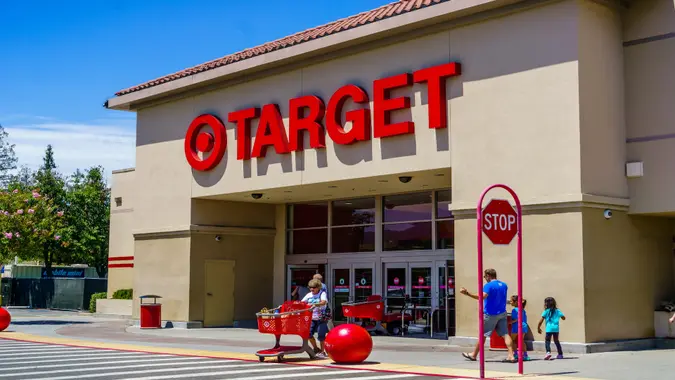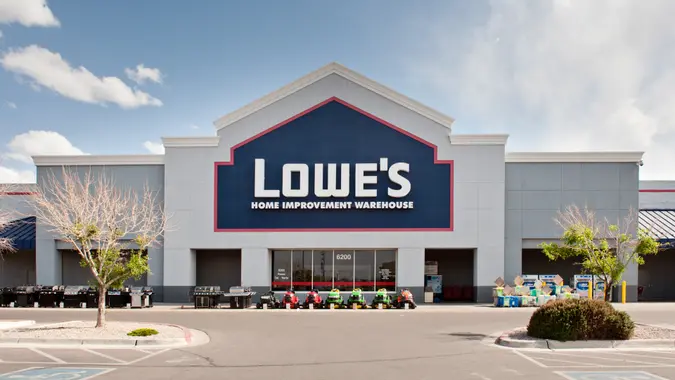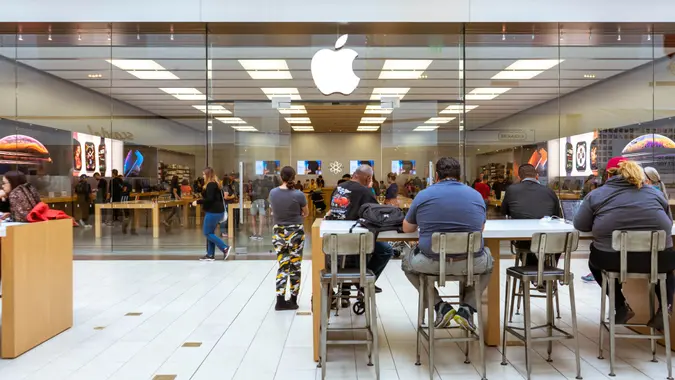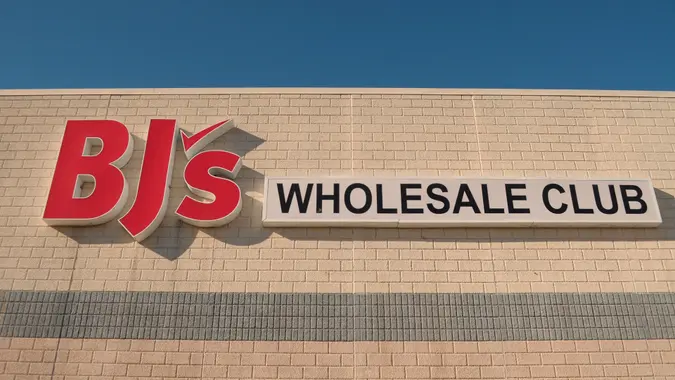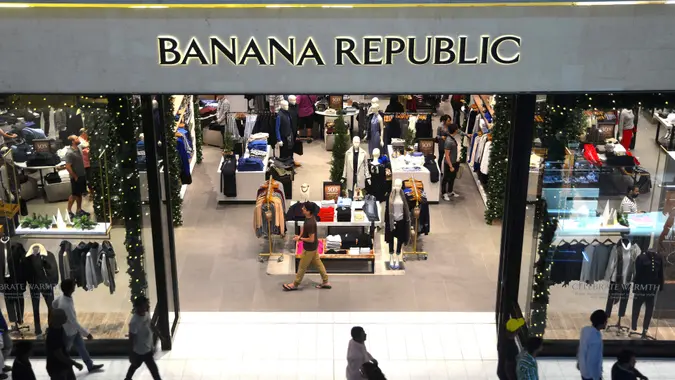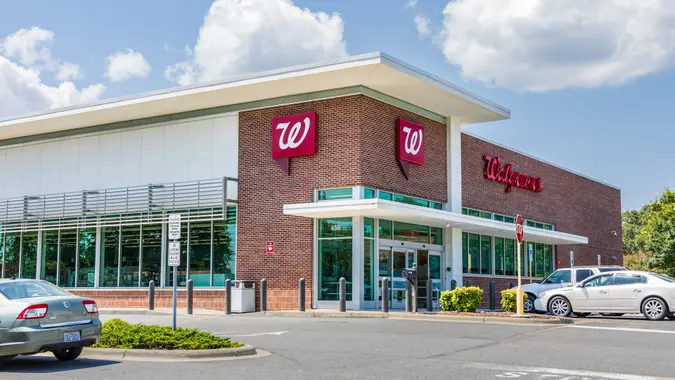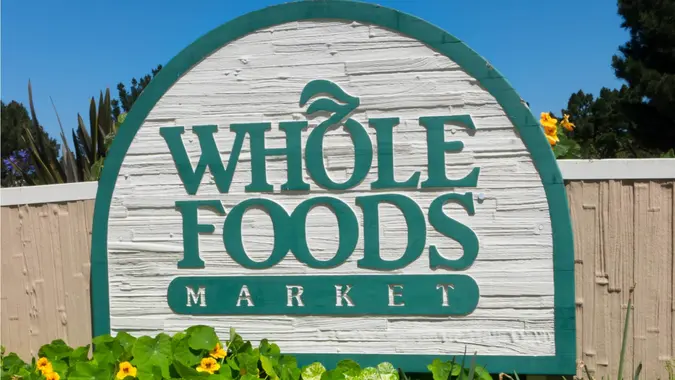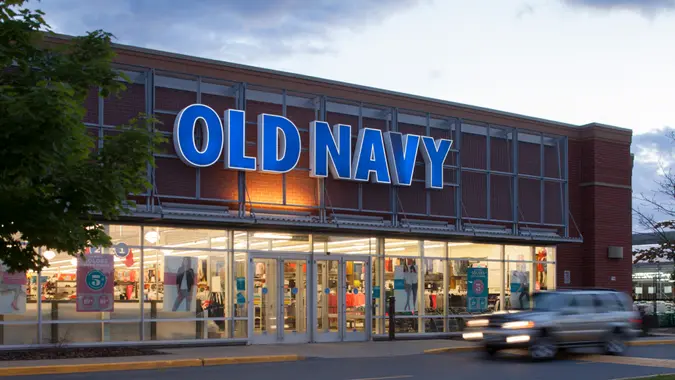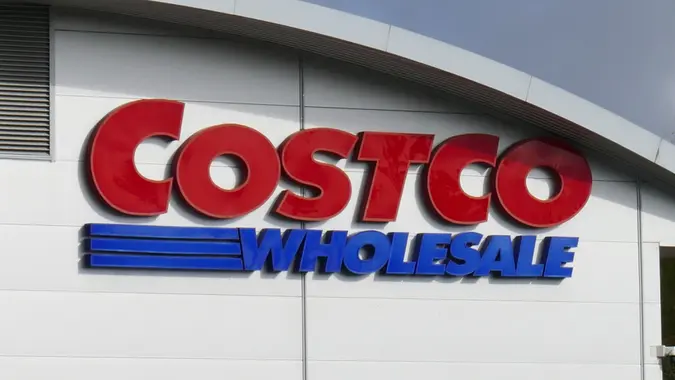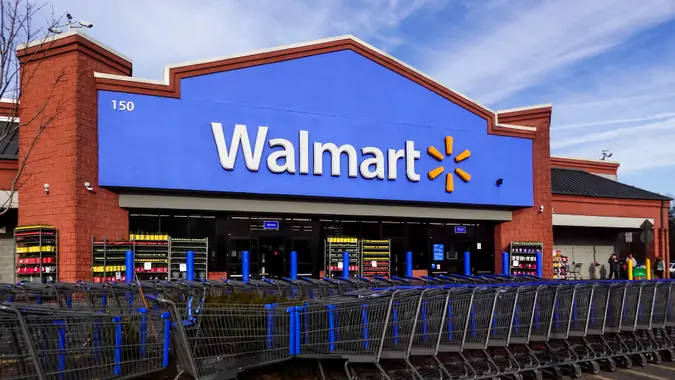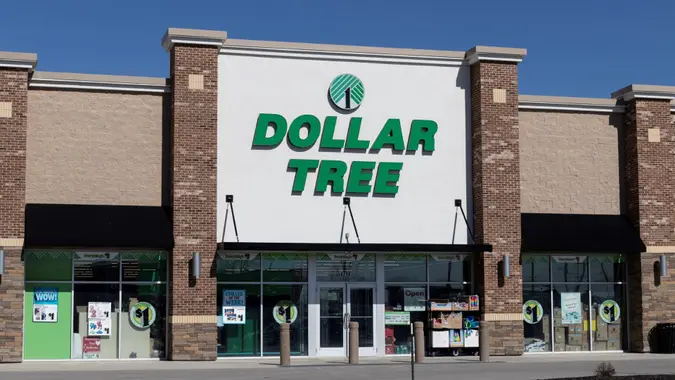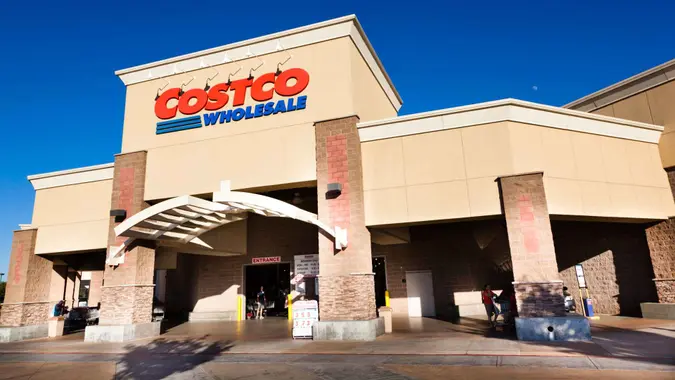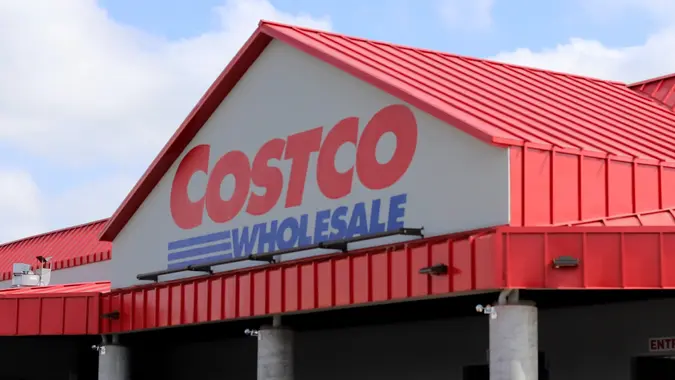Walmart and Target Could Raise Prices as Student Loan Payments Are Set to Resume

Commitment to Our Readers
GOBankingRates' editorial team is committed to bringing you unbiased reviews and information. We use data-driven methodologies to evaluate financial products and services - our reviews and ratings are not influenced by advertisers. You can read more about our editorial guidelines and our products and services review methodology.

20 Years
Helping You Live Richer

Reviewed
by Experts

Trusted by
Millions of Readers
Amid the changing financial landscape, major retailers like Walmart and Target may face the challenges of adjusting pricing strategies in response to the upcoming resumption of student loan payments.
The U.S. has been under a student loan payment moratorium for over three years. However, this relief will come to an end after August 30, a move that might leave many consumers tightening their belts. This moratorium had provided a temporary cushion, especially after the Supreme Court’s decision to not go ahead with the Biden Administration’s proposal of wiping out a significant portion of student debt, a plan which would have benefitted nearly 20 million Americans.
While the broader implications of the decision are manifold, for retailers, this could potentially mean lesser discretionary spending by consumers. Retail industry experts suggest that the impending return of student loan obligations might result in a monthly dent of approximately $10 billion in retail spending.
Historical data has shown that during times of financial strain, consumers, especially younger ones, often opt for cost-saving measures. This could mean choosing cheaper grocery brands, cutting back on non-essential items like beauty products, or even opting for more affordable home care products. Jack Mackinnon, from the consumer research firm Collage Group, shared insights indicating a similar pattern.
Major retailers like Walmart and Target, which cater to a diverse range of customers including millennials, may be affected by this trend. With reports suggesting that millennials might allocate up to 6.5% of their income to repay loans later this year, the implications for holiday season shopping are significant. These retail giants will need to juggle between maintaining profitability and keeping prices competitive to retain their consumer base.
Newer brands and startups, such as the food brand Droosh, have already voiced concerns about the economic scenario. They foresee the challenge of balancing product quality and affordability, while also trying to grow amidst high customer acquisition costs. For bigger, established brands, it’s about holding onto market share and ensuring they cater to a possibly more cost-conscious demographic.
Another perspective comes from the footwear insole company, Fulton, which highlighted the importance of tweaking marketing strategies in this climate. Highlighting affordability and value, brands may need to recalibrate their messaging to resonate with consumers who are now more budget-aware.
As student loan repayments are set to kick in, the retail landscape is bracing for potential changes. Companies, both big and small, are strategizing to weather this shift, which might involve price adjustments, marketing realignments, and more. Consumers, while navigating their financial obligations, will be on the lookout for brands that offer them the best value for their money.
Editor's note: This article was produced via automated technology and then fine-tuned and verified for accuracy by a member of GOBankingRates' editorial team.
 Written by
Written by  Edited by
Edited by 



